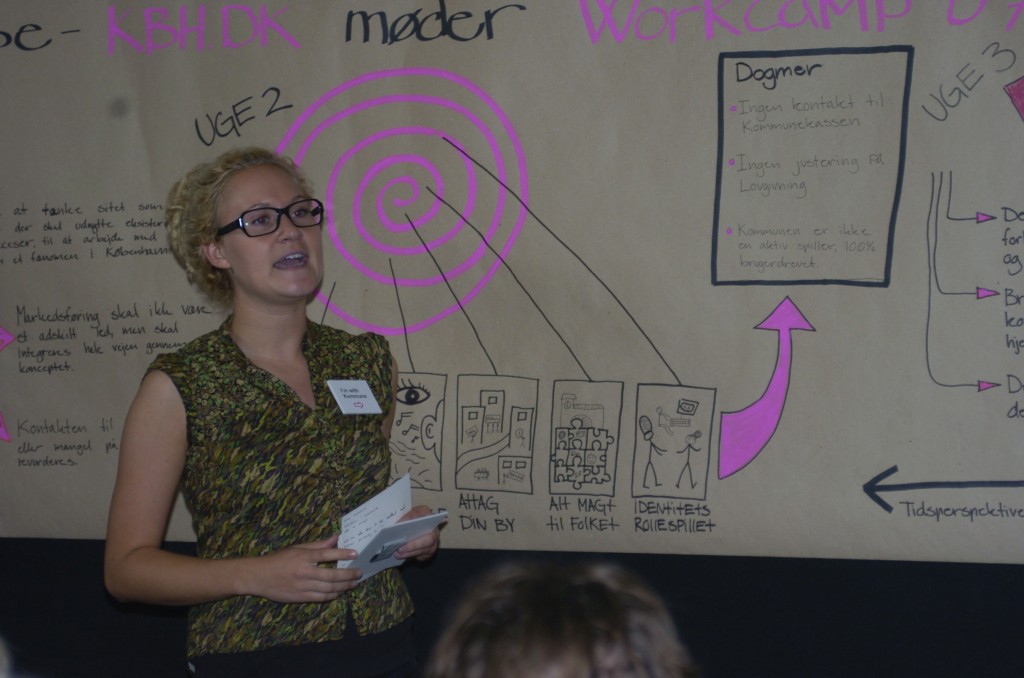A pitch is a brief sales talk that includes an answer, conclusions and consequences – but no further questions. The pitch is particularly well suited for student presentations. It is typically used in two situations.
- Effective communication: Pitching engages a recipient with your concept/idea at a point in time when you require new knowledge, financing or skills to proceed to the next phase.
- Concept Development: Test your concept or idea with users. Their feedback in relation to their understanding of the concept, its relevance and its uniqueness compared against other ideas reveals the concept’s strengths and weaknesses – all of which can be incorporated into further product development. Testing should be repeated to maximize benefits.


